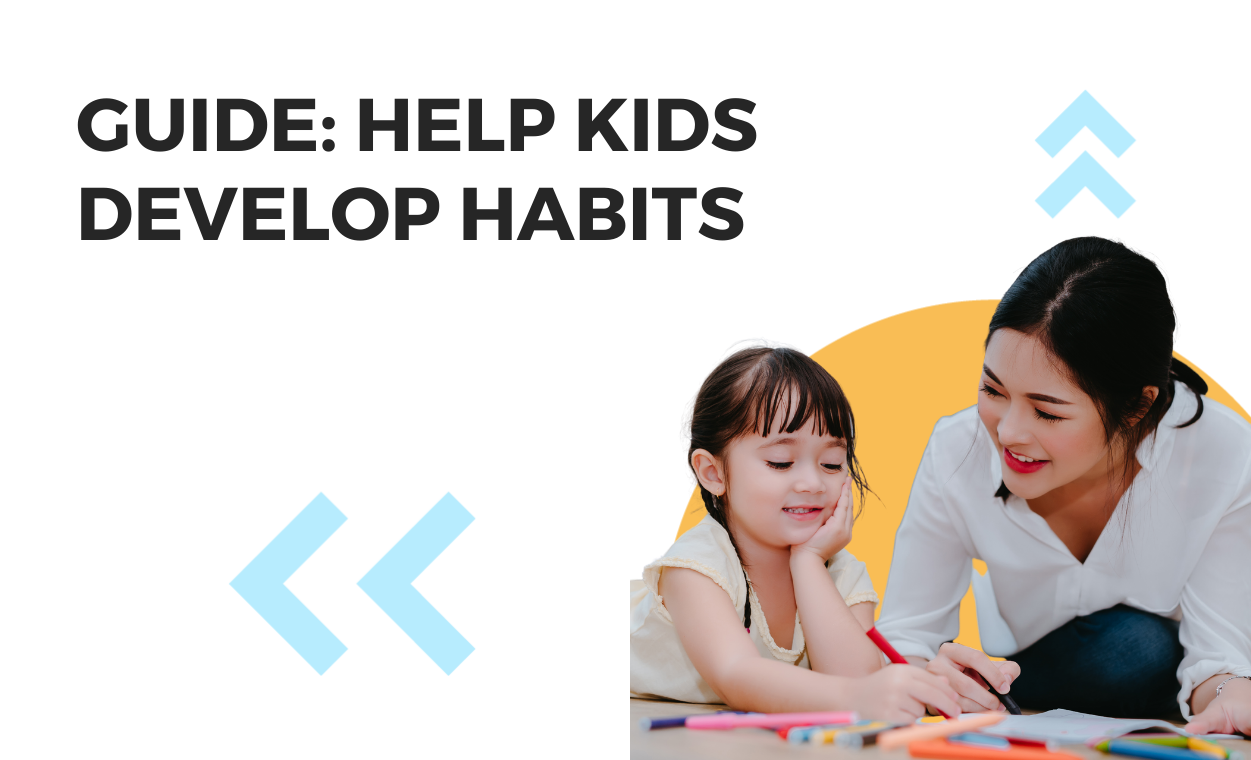
Guide: How to Help Kids Develop Habits
- Published January 6, 2022
When helping kids develop new money habits, make sure to have easy and achievable goals in mind. You want the habits to actually stick for the rest of their lives. Let’s go back to the basics and look at the 4 stages of habit formation.
We can use this process to help kids build smart money habits. There are a few key tricks that you need to keep in mind.
The cue is obvious. An example is a toy store or a grocery store. Your environment will cue their money habits to kick in.
The craving is attractive. Kids see sale signs, the latest items and limited-time offer enticements. Buy Buy Buy!
The response should be easy. The money habit we want to kick in is to avoid impulse and think through their needs and wants. Help them see past the sales.
The reward should be satisfying. Remember to pat them on the back for thinking through the situation and making insightful money decisions. Positive reinforcement helps habits last.
- Cue – The trigger the brain gets from its surroundings, in search of a reward.
- Craving – The action or response your body is prompting you to make to fulfill that urge.
- Response – The behavior (eventually habit) you perform in regards to the craving.
- Reward – The satisfaction you get from performing that certain behavior.
We can use this process to help kids build smart money habits. There are a few key tricks that you need to keep in mind.
The cue is obvious. An example is a toy store or a grocery store. Your environment will cue their money habits to kick in.
The craving is attractive. Kids see sale signs, the latest items and limited-time offer enticements. Buy Buy Buy!
The response should be easy. The money habit we want to kick in is to avoid impulse and think through their needs and wants. Help them see past the sales.
The reward should be satisfying. Remember to pat them on the back for thinking through the situation and making insightful money decisions. Positive reinforcement helps habits last.



